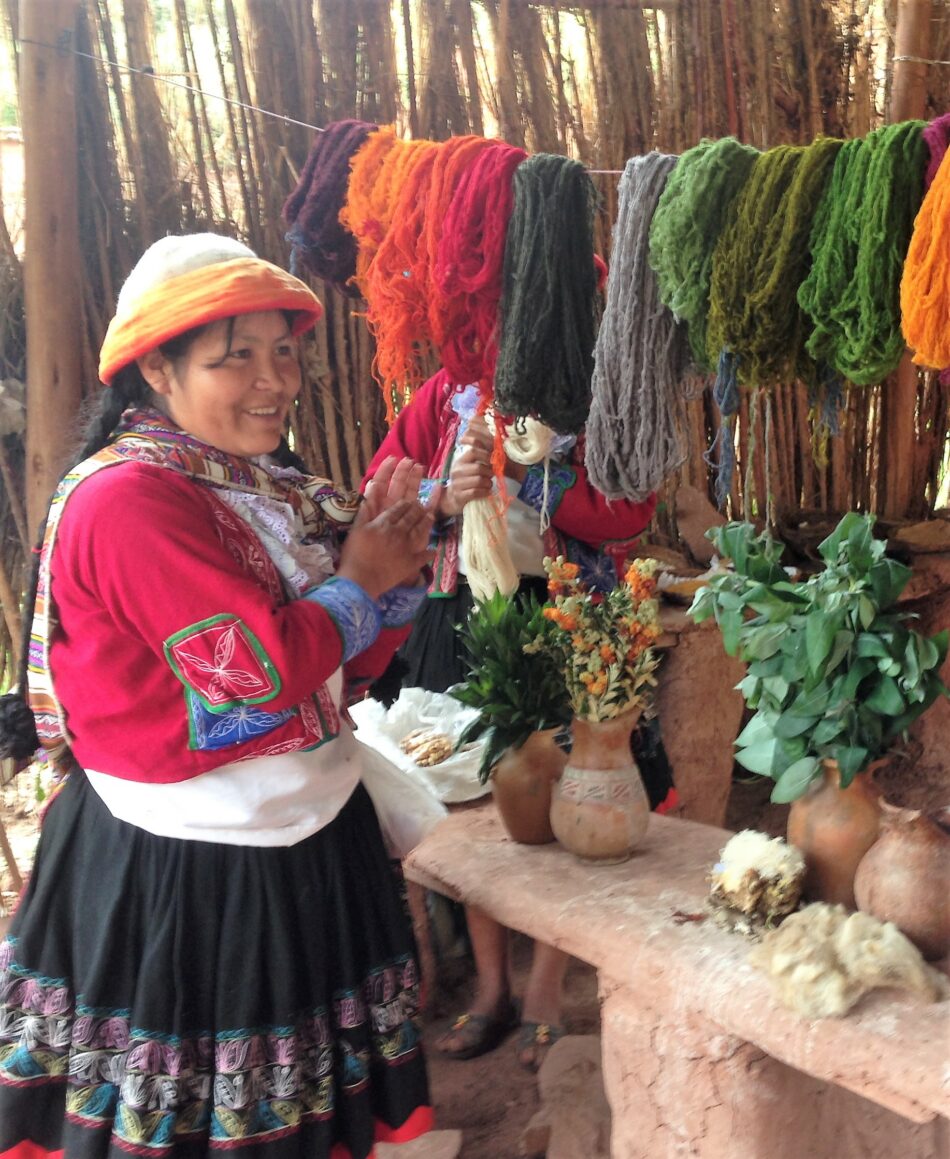We came to Peru for the Inca Trail, a four day ascent through epic mountain scenery culminating in the hidden ancient ruins of Machu Picchu, but ended up discovering so much more in this vast South American country. We saw endless miles of barren desert on the western coast, and dense, humid jungles in the Amazon. We discovered high altitude towns hidden in the mists of imposing mountain ranges, and explored cities bursting with vibrant colour and gastronomical delights. And of course we met the people of Peru, their kindness and generosity, that really made me re-evaluate my own culture and principles.
It’s easy to get wrapped up in our busy lives, lost in technology, enduring the daily grind to save up for the ever more unattainable item that promises us a better lifestyle. But travel has a habit of breaking that cycle, putting things into a broader perspective, and reminding us that there is more to life than making money, only to have spent most of it by the time the next paycheck comes in. It was whilst travelling around Peru that I came to a realisation about life; happiness really is a journey, not a destination. I think we spend so much time chasing our goals in our day to day lives that sometimes we forget to just take the time to enjoy the here and now. Something, I think, Peruvians know all too well.

Craft is a huge part of Peruvian culture with brightly coloured knitted garments and decorative items telling stories and connecting families through the generations. Weeks at a time are spent creating intricate geometrical designs relating to a particular village from fine alpaca wool. We were lucky enough to visit a traditional village just outside of Cusco, where tourism is being used to support the communities of local women through their weaving (Planeterra Womens weaving workshop). Everything from how the dye is made, spun and woven to the finished product was proudly shown to us by the local women, with all sales benefitting the local community. Truly an inspirational experience seeing all the hard work that goes into a single jumper or throw and how all the women from different families work together towards a common goal. I think it is this great care for tradition and attention to detail that gives the Quechua people of Peru a sense of purpose and happiness.

Continuing our journey, we sailed over Lake Titicaca to discover the floating islands. Landing on the floating islands of Uros is like stepping into another world. Everything is made of reeds on these self-sustaining islands, from the floor we stood on to the simple single room houses that family life here revolves around. The lake is the lifeblood of the community providing the food, shelter and protection. The people were said to have moved here to escape invaders, the high altitude lake providing an impenetrable barrier which leaves them isolated to this day. Traditional reed boats are the only way to get around linking one family island to the next. Cut off from modern technology and convenience these islands thrive on their traditional ways. Back on stable ground we found our beds for the night on the neighbouring island of Taquile in the form of a homestay with a local family.

Another example of sustainable tourism, the families on these islands had been encouraged to build extra rooms to give visitors a glimpse of their unique way of life. Here we joined a game of high altitude football and learnt to dance, Quechua style, in full traditional dress before tucking into a hearty home cooked meal we’d helped prepare. Our hosts giggled as we struggled to peel potatoes with the blunt knives they so skilfully wielded, and we chuckled back realising just how easy we have it back home; we didn’t have to grow, water or harvest our vegetables. Our meat comes in a packet for just a few quid. Nothing is wasted here either, taking our leftovers and peelings out to feed the pigs after dinner. The next morning, after being rudely awoken by an antsy donkey, we sat looking out over the lake with the youngest member of the family. Like every 12 year old boy he seemed mesmerised with mobile phones, so we played Duolingo (a language learning app), his Spanish of course much better than mine although not his native tongue. Part of the income from tourism helps to send children in Taquile to school to learn Spanish and get an education.

I left Peru with an overwhelming sense of gratefulness; for the convenience of my life, the enduring traditional culture of the native people in the modern age and the friendly, generous nature in which we were welcomed into it. I can’t say that I won’t ever spend money on things I don’t really need or chase unattainable goals, but I will appreciate the value of things more and take that open-hearted Peruvian philosophy with me wherever I go. And, without doubt, one day I will return to Peru and maybe even peel some more potatoes.
Got your own travel story you want the world to hear? Join our community contributor program here and write for six-two!

